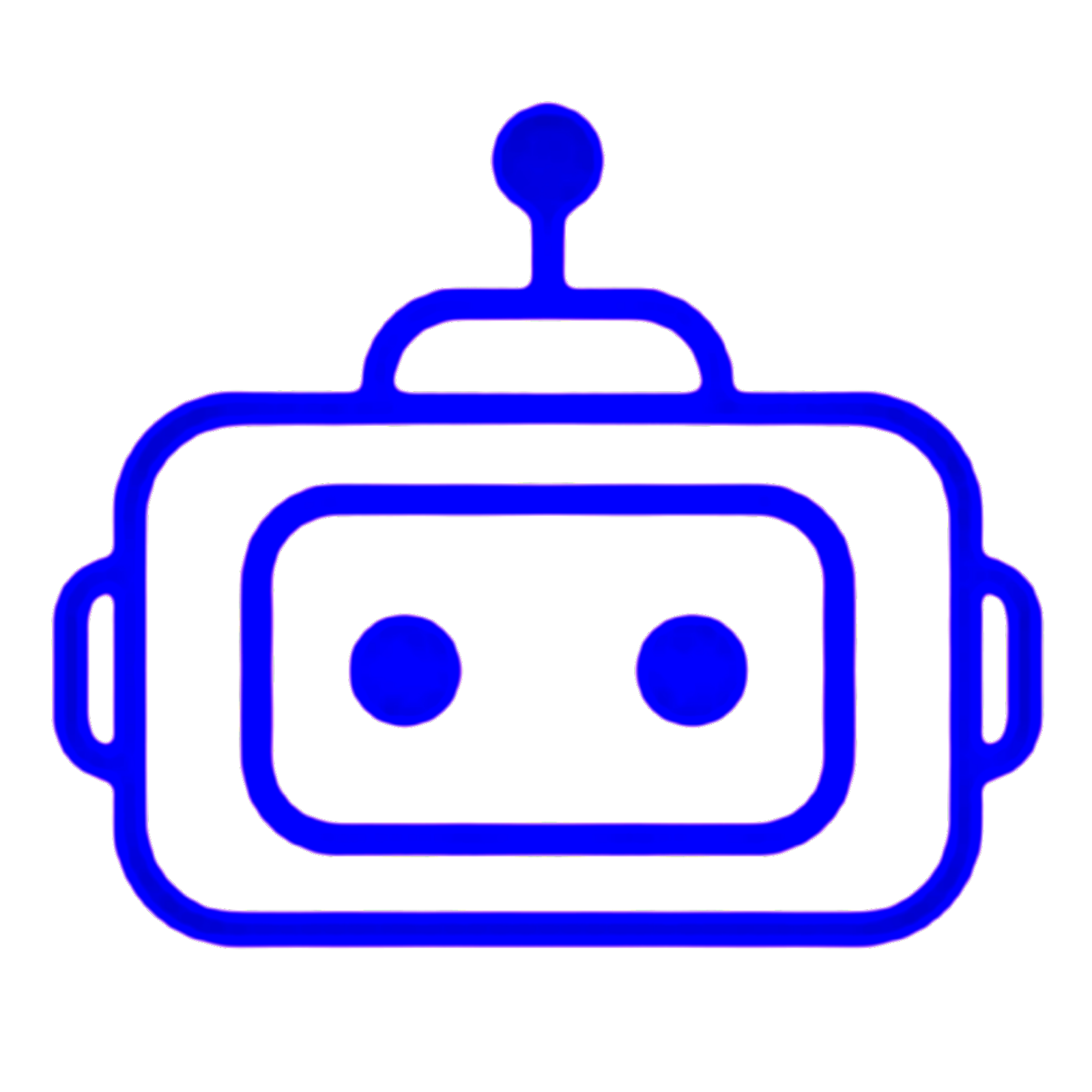CODE
#include <Servo.h>
Servo servo1; // create servo object for first servo
Servo servo2; // create servo object for second servo
Servo servo3;
Servo servo4;
#define servoPin1 2 // pin for first servo
#define servoPin2 3 // pin for second servo
#define servoPin3 4
#define servoPin4 5
#define pushButtonPin1 8 // push button pin for first servo
#define pushButtonPin2 9 // push button pin for second servo
#define pushButtonPin3 10
#define pushButtonPin4 11
int angle1 = 90; // initial angle for first servo
int angle2 = 90; // initial angle for second servo
int angle3 = 90;
int angle4 = 90;
int angleStep = 5; // angle step
const int minAngle = 0;
const int maxAngle = 180;
int button1Pushed = 0;
int button2Pushed = 0;
int button3Pushed = 0;
int button4Pushed = 0;
void setup() {
Serial.begin(9600); // setup serial
servo1.attach(servoPin1); // attaches the first servo to the servo object
servo2.attach(servoPin2); // attaches the second servo to the servo object
servo3.attach(servoPin3);
servo4.attach(servoPin4);
pinMode(pushButtonPin1, INPUT_PULLUP); // set push button pin for first servo as input
pinMode(pushButtonPin2, INPUT_PULLUP); // set push button pin for second servo as input
pinMode(pushButtonPin3, INPUT_PULLUP);
pinMode(pushButtonPin4, INPUT_PULLUP);
Serial.println("Tech Technology Pk");
}
void loop() {
button1Pushed = 0;
button2Pushed = 0;
button3Pushed = 0;
button4Pushed = 0;
// Check if push button for first servo is pressed
if (digitalRead(pushButtonPin1) == LOW) {
button1Pushed = 1;
}
// Check if push button for second servo is pressed
if (digitalRead(pushButtonPin2) == LOW) {
button2Pushed = 1;
}
if (digitalRead(pushButtonPin3) == LOW) {
button3Pushed = 1;
}
if (digitalRead(pushButtonPin4) == LOW) {
button4Pushed = 1;
}
// Handle first servo movement
if (button1Pushed) {
// change the angle for next time through the loop:
angle1 += angleStep;
// reverse the direction of the moving at the ends of the angle:
if (angle1 <= minAngle || angle1 >= maxAngle) {
angleStep = -angleStep;
button1Pushed = 0;
}
servo1.write(angle1); // move the first servo to desired angle
Serial.print("First servo moved to: ");
Serial.print(angle1); // print the angle
Serial.println(" degree");
delay(50); // waits for the servo to get there
}
// Handle second servo movement
if (button2Pushed) {
// change the angle for next time through the loop:
angle2 += angleStep;
// reverse the direction of the moving at the ends of the angle:
if (angle2 <= minAngle || angle2 >= maxAngle) {
angleStep = -angleStep;
button2Pushed = 0;
}
servo2.write(angle2); // move the second servo to desired angle
Serial.print("Second servo moved to: ");
Serial.print(angle2); // print the angle
Serial.println(" degree");
delay(50); // waits for the servo to get there
}
if (button3Pushed) {
// change the angle for next time through the loop:
angle3 += angleStep;
// reverse the direction of the moving at the ends of the angle:
if (angle3 <= minAngle || angle3 >= maxAngle) {
angleStep = -angleStep;
button3Pushed = 0;
}
servo3.write(angle3); // move the third servo to desired angle
Serial.print("Third servo moved to: ");
Serial.print(angle3); // print the angle
Serial.println(" degree");
delay(50); // waits for the servo to get there
}
if (button4Pushed) {
// change the angle for next time through the loop:
angle4 += angleStep;
// reverse the direction of the moving at the ends of the angle:
if (angle4 <= minAngle || angle4 >= maxAngle) {
angleStep = -angleStep;
button4Pushed = 0;
}
servo4.write(angle4); // move the fourth servo to desired angle
Serial.print("Fourth servo moved to: ");
Serial.print(angle4); // print the angle
Serial.println(" degree");
delay(50); // waits for the servo to get there
}
}

